The Forgotten 401(k): Why Inaction Is Costing You Real Money
Over the past two weeks, something strange has been happening.
Seven different people—prospective clients and close friends—brought up the same issue, completely unprompted:
“I think I still have an old 401(k) sitting somewhere from my last job…”
Some of these people were working with advisors already. Others had been trying to “do it themselves.” But in nearly every case, the 401(k) had been left behind years ago, unmanaged and misallocated.
After reviewing them—one by one—we discovered the total across these forgotten accounts added up to over $5.5 million. That’s not a typo.
And here’s the gut-punch:
Over the past four years, based on their current holdings, these accounts underperformed the broader market by more than 35%.
That’s hundreds of thousands (in some cases, millions) of dollars in potential growth… just gone.
How Did This Happen?
In most cases, their advisors either:
Didn’t ask about the old 401(k),
Didn’t want to deal with the hassle of transferring it,
Or simply didn’t think it was worth their time.
And on the client side?
They didn’t know any better. They assumed it was fine where it was.
After all, it’s still invested, right?
But Here’s the Problem:
An old 401(k) left behind at a previous employer is often doing you more harm than good. Here’s why:
1. Outdated Allocation
Your life has changed since you set up that plan. But your 401(k)? It hasn’t kept up.
Many of the accounts we reviewed were sitting in money markets, overly conservative bond funds, or outdated target-date funds with poor performance.
2. Limited Investment Options
Most 401(k)s give you a narrow list of mutual funds to choose from. No ETFs, no custom portfolios, no tax optimization. You’re locked in, even if the fees are high and performance is weak.
3. No Oversight
Nobody’s watching it. There’s no rebalancing, no planning, no tax coordination. It’s just… floating.
4. Hidden Fees
You might be paying more than you realize—between fund expenses, plan admin fees, and management layers. One client was paying over 1.5% in fees before advisory costs.
5. You’re Losing Time
Markets move fast. Delaying this decision, even by a few years, can cost you tens (or hundreds) of thousands in lost growth.
The Worst Part?
This is completely avoidable.
Rolling over an old 401(k) is not a heavy lift. In many cases, it takes 15–20 minutes. We help clients do it all the time, and we walk them through the process step by step.
“I had no idea how bad my old plan was until you showed me. We fixed it in one call—and now it’s finally growing again.” — J.M., client in Maryland
A Better Way
At Compound Advisory, we believe your entire financial life should be working together—not in silos.
That means:
Consolidating your accounts when it makes sense
Aligning your retirement assets with your long-term plan
And making sure no dollars are being left behind, unmanaged, or inefficient
Here's Our Offer to You:
If you're still working and have the majority of your retirement savings with your current employer’s plan—we’re happy to review your old 401(k)s for free.
We’ll:
Analyze your current allocations
Evaluate costs and performance
Compare against better alternatives
And help you roll them over, if appropriate
And when you do, you’ll also get access to our world-class retirement planning tool—completely free of charge.
This is the same tool we use to help high-net-worth families plan with confidence.
Here’s what you’ll get:
A clear, personalized roadmap for retirement—based on your actual accounts
Stress-tested scenarios to show how your plan holds up in good and bad markets
Insights into tax savings, income timing, and Roth conversion opportunities
No catch. No commitments. Just clarity.
Don’t Let Inaction Cost You
If you’re reading this and wondering, “Do I have an old 401(k) somewhere?”—you probably do.
Let’s find it, fix it, and make sure it’s doing the work it was meant to do.
Click here to schedule your free 15-minute 401(k) Quick Check — no cost, no pressure. Just clarity.
Your money deserves better.
Let’s compound it—together.


